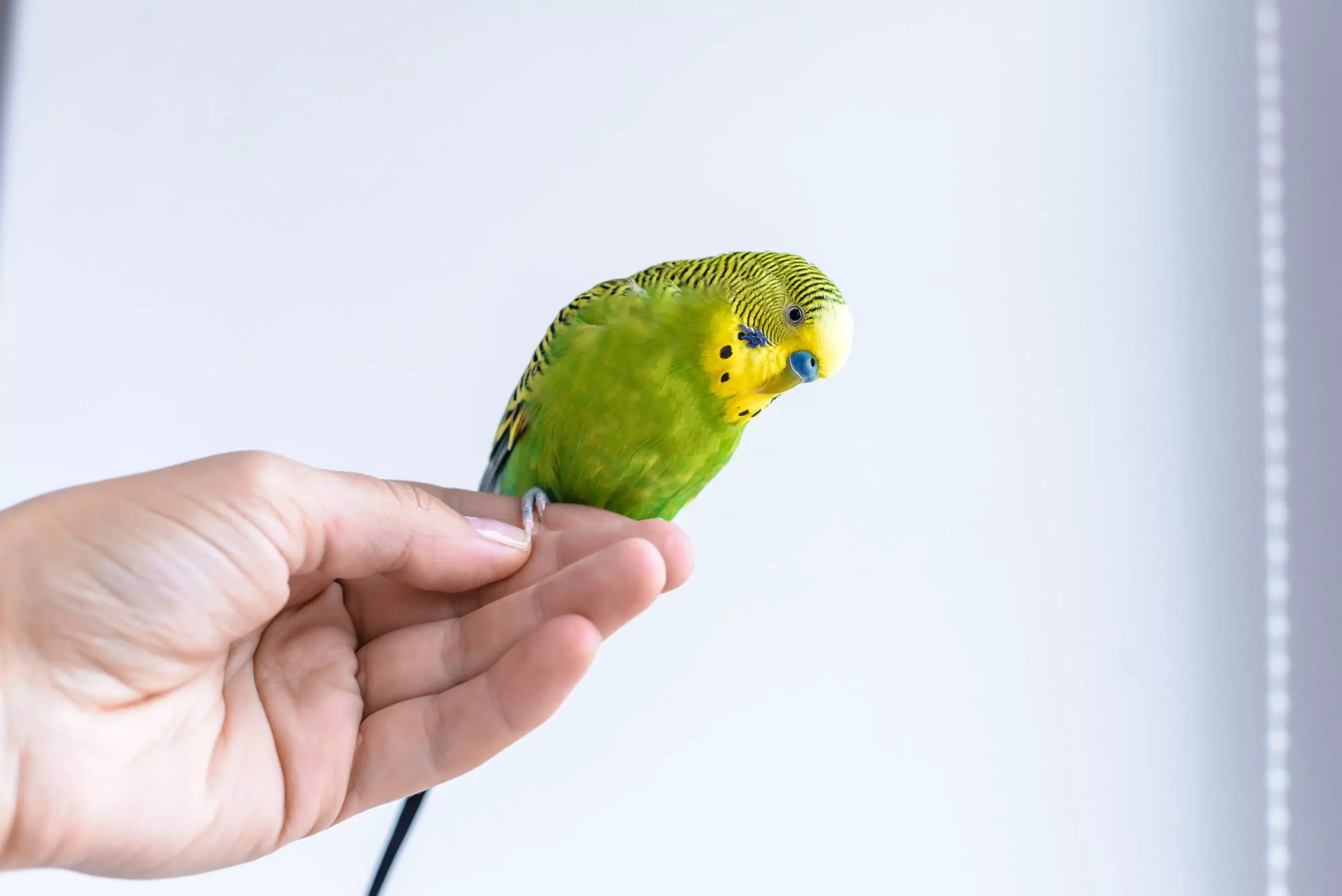Owning a pet bird can be a uniquely rewarding experience. However, the responsibilities that come with bird ownership extend beyond merely providing food and shelter. For many bird owners, the journey towards a healthy and harmonious relationship with their feathered companions begins with understanding and implementing basic training techniques.
Though most bird owners are not professional trainers, teaching their pets essential commands can significantly enhance the quality of life for both the bird and the owner. One of the pivotal commands to introduce is the “Step-Up” command, which trains your bird to willingly perch on your finger. This practice not only facilitates easier handling but also decreases the stress and chaos that may occur when trying to extract your bird from its cage. Given the unique nature of birds—engineered for flight—training methods must be implemented while keeping their fragility in mind.
Birds, by their anatomy and nature, are delicate beings. Unlike cats or dogs, they possess bones that can easily fracture and organs that can sustain significant damage from improper handling. It is crucial for bird owners to adopt a gentle approach when handling their pets. Clutching or squeezing a bird tightly could lead to serious physical repercussions, which can detract from the joy of pet ownership. If a bird shows reluctance to being handled, potential owners might explore bonding techniques to nurture trust. A bird that feels safe with its owner is more likely to cooperate during handling sessions.
When it becomes necessary to trim wings or nails, some birds may resist being held. One option in such scenarios is “toweling,” which involves wrapping the bird in a soft towel. This technique can minimize stress and help maintain both the owner’s safety and the bird’s. Although toweling can be traumatic for some birds, it is often necessary for medical care or grooming. After such experiences, it’s advisable to give the bird some quiet time in its cage, allowing it to relax and recover from the stress.
One behavior commonly practiced by bird owners is allowing their birds to perch on their shoulders. While this might seem innocent, it carries inherent risks that should not be overlooked. Birds on shoulders have unhindered access to the owner’s face, which includes sensitive areas such as the eyes and ears. Should a sudden fright occur, the bird may instinctively react by biting, leading to painful consequences for the owner. To prevent such risks, birds should be held in a manner that maintains a safe distance from the face, such as using hands or forearms.
In certain instances, a bird may refuse to comply with a command like “Step-Up.” In those moments, it’s essential to avoid physically forcing the bird by grabbing its wings or tail, as such actions can result in both physical injury and emotional trauma. Instead, if a bird is particularly resistant, using a towel or padded gloves can provide an effective alternative. This ensures that both parties maintain safety during encounters that may typically induce anxiety.
While pet bird ownership presents its unique challenges, the foundation of a happy and healthy relationship lies in effective communication and training. Owners who invest the time and effort to teach their birds basic commands and handle them gently will not only foster a trusting bond with their pets but also create a harmonious household. As with any aspect of animal care, understanding the nature of the pet and employing thoughtful techniques can go a long way in transforming a simple pet ownership experience into a fulfilling relationship. Ultimately, patience and kindness are key in nurturing a connection that can last a lifetime.

